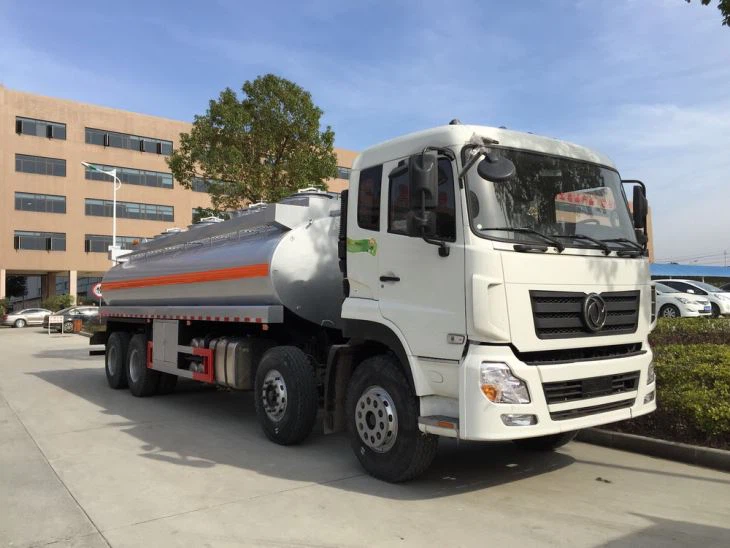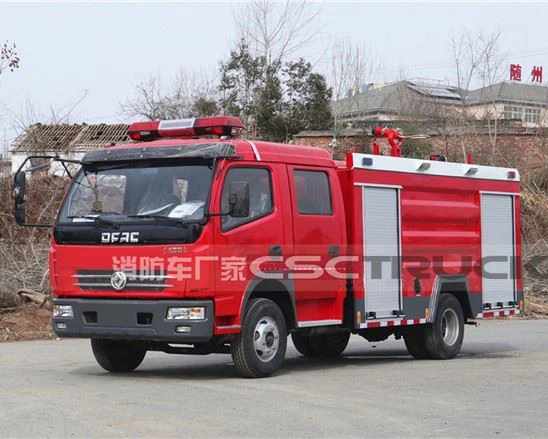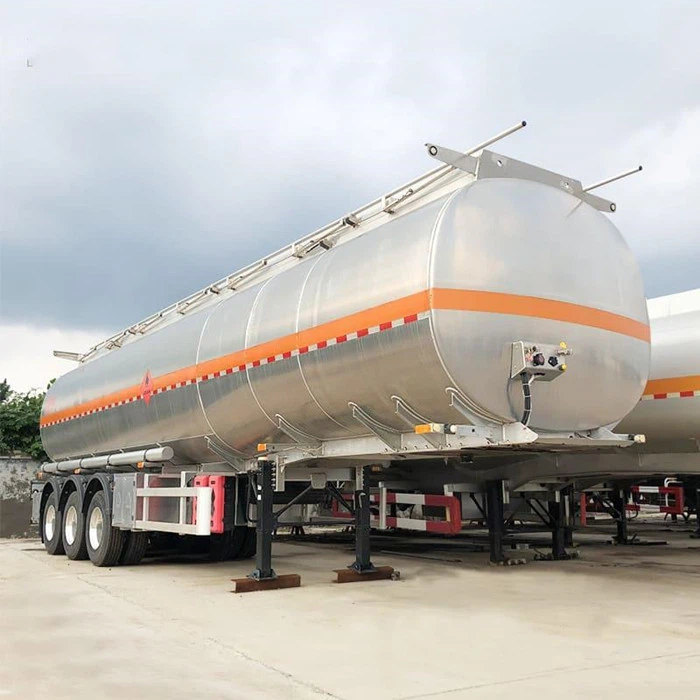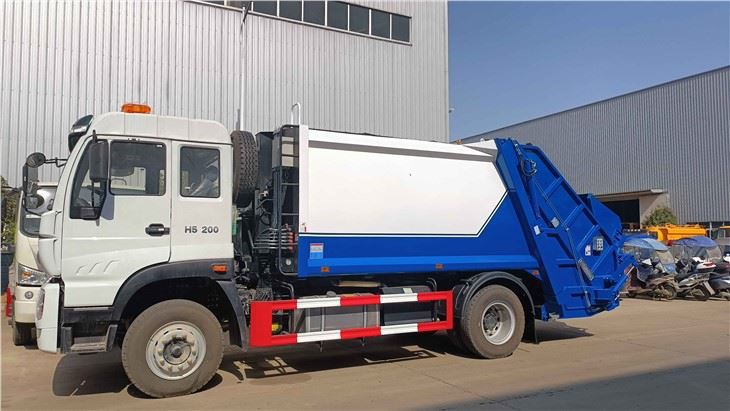LPG Gas Tank for Car: Everything You Need to Know

Introduction to LPG Gas Tanks
LPG (Liquefied Petroleum Gas) is an increasingly popular fuel choice for vehicles around the world. A growing number of car owners are making the switch to LPG due to its advantages in terms of efficiency, cost savings, and environmental friendliness. In this article, we will delve into everything about LPG gas tanks for cars, including their benefits, installation processes, maintenance tips, and answers to frequently asked questions.
What is LPG?
LPG is a hydrocarbon gas that is derived from natural gas processing and oil refining. It primarily consists of propane and butane. This fuel is used for various applications, including heating, cooking, and, increasingly, as an alternative to gasoline in vehicles. Its chemical properties make it a clean-burning fuel option, contributing to lower emissions compared to traditional fuel sources.
Advantages of Using LPG for Vehicles
Switching to LPG can offer several benefits:
- Reduced Emissions: LPG produces fewer greenhouse gases compared to gasoline, making it a more environmentally friendly option.
- Cost Savings: LPG is generally cheaper than gasoline in many regions, leading to substantial savings on fuel costs.
- Engine Longevity: LPG burns cleaner than gasoline, potentially extending the lifespan of your vehicle’s engine.
- Performance: Vehicles running on LPG often experience comparable performance to those fueled by gasoline.
Types of LPG Gas Tanks for Cars
When considering an LPG system, it’s essential to understand the different types of tanks available. The most common types include:
1. Toroidal Tanks
Toroidal tanks are donut-shaped and fit snugly in the spare wheel well of many vehicles. This design conserves trunk space and offers a sleek installation.
2. Cylindrical Tanks
Cylindrical tanks are more traditional and can vary in size. They are often mounted in the trunk or under the vehicle.
3. Composite Tanks
Made from advanced materials, composite tanks are lightweight and resistant to corrosion. They often come in various shapes and sizes, providing flexibility for installation.
Installation of LPG Gas Tank in Cars
Installing an LPG gas tank in your vehicle requires professional expertise. Here are the general steps involved:
Step 1: Assessment of Vehicle Compatibility
A qualified technician will assess your vehicle to determine compatibility with an LPG conversion, including space for the tank and the type of engine.
Step 2: Choosing the Right Tank
Based on the assessment, you can choose the appropriate type and size of the LPG tank.
Step 3: Installation Process
The actual installation process involves:
- Mounting the tank securely.
- Installing fuel lines and connecting them to the engine.
- Configuring the gas injection system.
- Testing for leaks to ensure safety and efficiency.
Step 4: Registration and Documentation
After installation, ensure to update your vehicle’s documentation to reflect the conversion to LPG.
Maintenance of LPG Gas Tanks
Proper maintenance is crucial to ensuring the longevity and efficiency of your LPG system:
Routine Inspections
Schedule regular inspections with a certified technician to check for gas leaks, corrosion, or damage.
System Cleanliness
Keep the LPG system clean and free from dust and debris. Regular cleaning of filters and gas injectors is essential for optimal performance.
Leak Tests
Perform leak tests periodically to ensure that connections are secure and there are no signs of LPG escaping.
How to Optimize Your LPG Usage
To maximize the benefits of your LPG system, consider these practical tips:
Proper Driving Habits
Maintain steady speeds and avoid rapid acceleration and braking, as these can lead to increased fuel consumption.
Regular Tune-Ups
Ensure your vehicle undergoes regular tune-ups to keep the engine running efficiently with LPG.

Monitor Fuel Levels
Keep a close eye on your fuel levels and refill the tank in a timely manner to avoid running out of gas.
Common Myths About LPG
There are various misconceptions surrounding LPG fuel that need addressing:
Myth 1: LPG is Dangerous
While any fuel can be hazardous if not handled properly, LPG systems installed by professionals are safe and subject to strict regulations.
Myth 2: LPG Reduces Vehicle Performance
In fact, many drivers report similar or even enhanced performance when using LPG as opposed to traditional gasoline.
Myth 3: Conversion is Expensive and Not Worth It
While the initial conversion cost can be high, the long-term fuel savings often offset these expenses quite quickly.
Cost Considerations for LPG Conversion
The cost of converting to LPG varies depending on several factors:
1. Type of Vehicle
Different vehicles will incur different costs based on their design and compatibility with LPG systems.
2. Tank Type and Size
Your choice of LPG tank will impact the installation cost. Composite tanks may be more expensive, but their benefits can justify the price.

3. Professional Installation vs. DIY
Hiring professionals is advisable for safety and guarantee of work, though it may increase your overall costs.
FAQs About LPG Gas Tanks
1. How long does an LPG gas tank installation take?
Installation typically takes a few hours, depending on the complexity of the vehicle and the type of system being installed.
2. Are there any regulations regarding the installation of LPG systems?
Yes, LPG installations are subject to regulations that ensure safety and environmental compliance. Always check local laws.
3. Can any car be converted to LPG?
Not all vehicles are suitable for LPG conversion. A professional should assess your vehicle for compatibility.
4. How often should I refill my LPG tank?
Refilling frequency depends on your driving habits. On average, LPG tanks offer similar ranges to gasoline tanks.
5. What are the common signs of an LPG system issue?

Signs can include unusual noises, poor performance, or warning lights on the dashboard. Consult a technician if any of these occur.
6. Can LPG be stored indefinitely?
LPG can be stored for extended periods, but it is essential to regularly inspect storage conditions and tanks to ensure safety.
